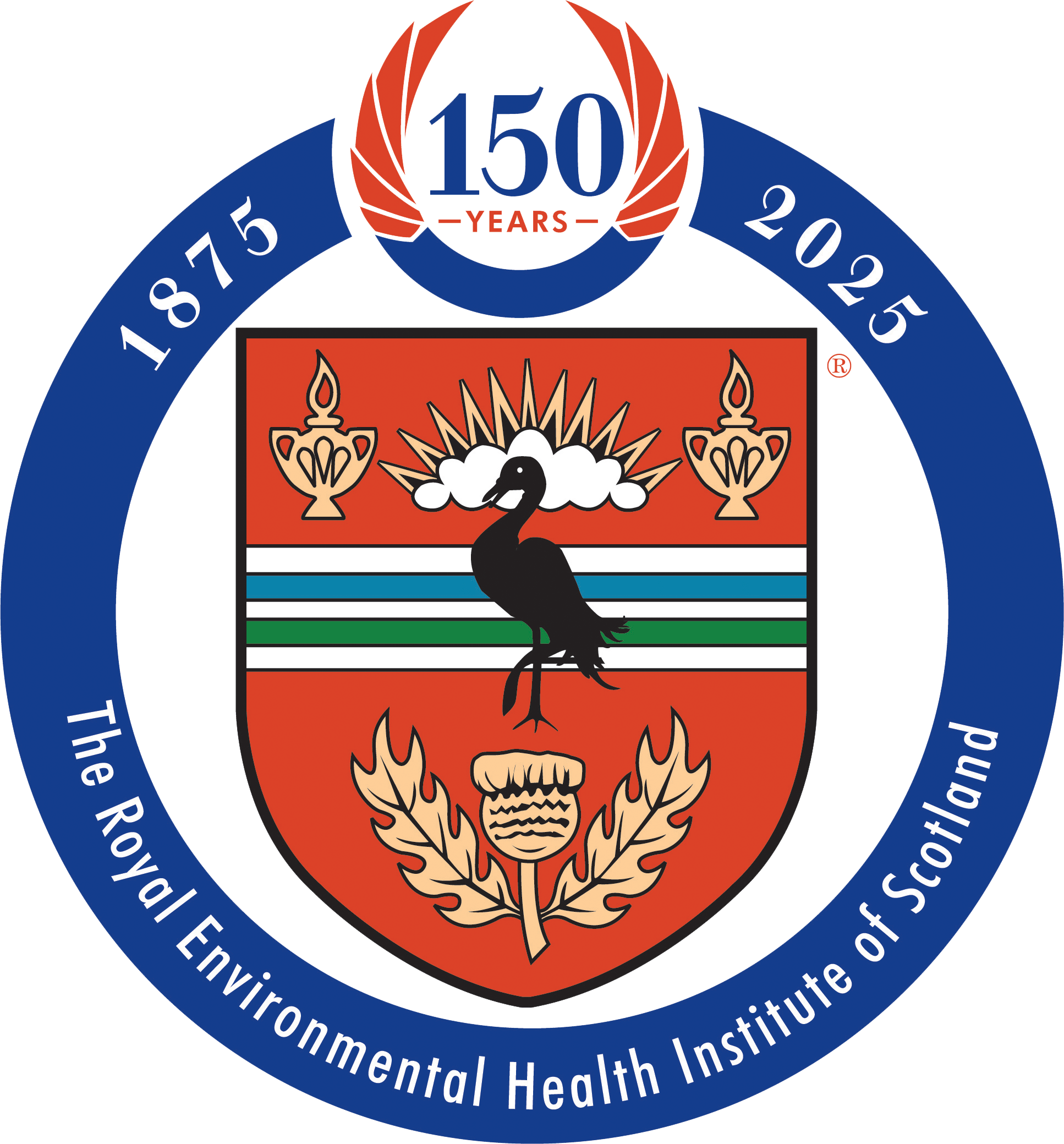A final report into the investigation into carbon dioxide (CO2) leaks into homes in the former mining village of Gorebridge in Midlothian has been published.
The report was completed by the multi-disciplinary Incident Management Team (IMT), which was created to investigate Scotland’s most serious CO2-related incident and protect the public’s health.
The IMT was led by NHS Lothian and comprised partner organisations, including Environmental Health Officers at Midlothian Council, Health Protection Scotland and Scottish Environment Protection Agency (SEPA).
The incident began in 2014 after CO2 seeped into newly-built homes in the former mining area of Gorebridge, Midlothian. A total of 22 residents from a total of 165 in the affected area made contact with healthcare services between September 2013 and September 2014 because of headaches, dry coughs, dizziness and anxiety.
The IMT identified that the seepage of CO2, which originated from the old mine working, into the residential houses was a significant risk to the health of residents and required immediate action. The seepage of CO2 into the houses was thought to have been associated with a number of potential pathways including un-grouted disused mine shafts, natural cracks in the ground and man-made interventions over time.
The IMT has made a total of 26 recommendations to prevent a similar situation from happening again in other areas, by advising Scottish and the UK Government on areas where national level review, research and guidance are required. It has also made recommendations for action by local authorities that are likely to have housing developments on similar sites to prevent a similar threat to public health.
The report said: “The seepage of carbon dioxide into the houses in Gorebridge was a rare, complex and costly incident associated with old coal mine workings. This incident is, to date, probably the most serious such CO2 related incident in Scotland.
“Safeguarding the health and safety of the residents throughout the incident was a priority for the IMT.
“From the start, the IMT ensured that the situation remained under close surveillance and recommended measures to NHS Lothian and Midlothian Council to minimise the acute risk to residents.”
The report can be found here.

